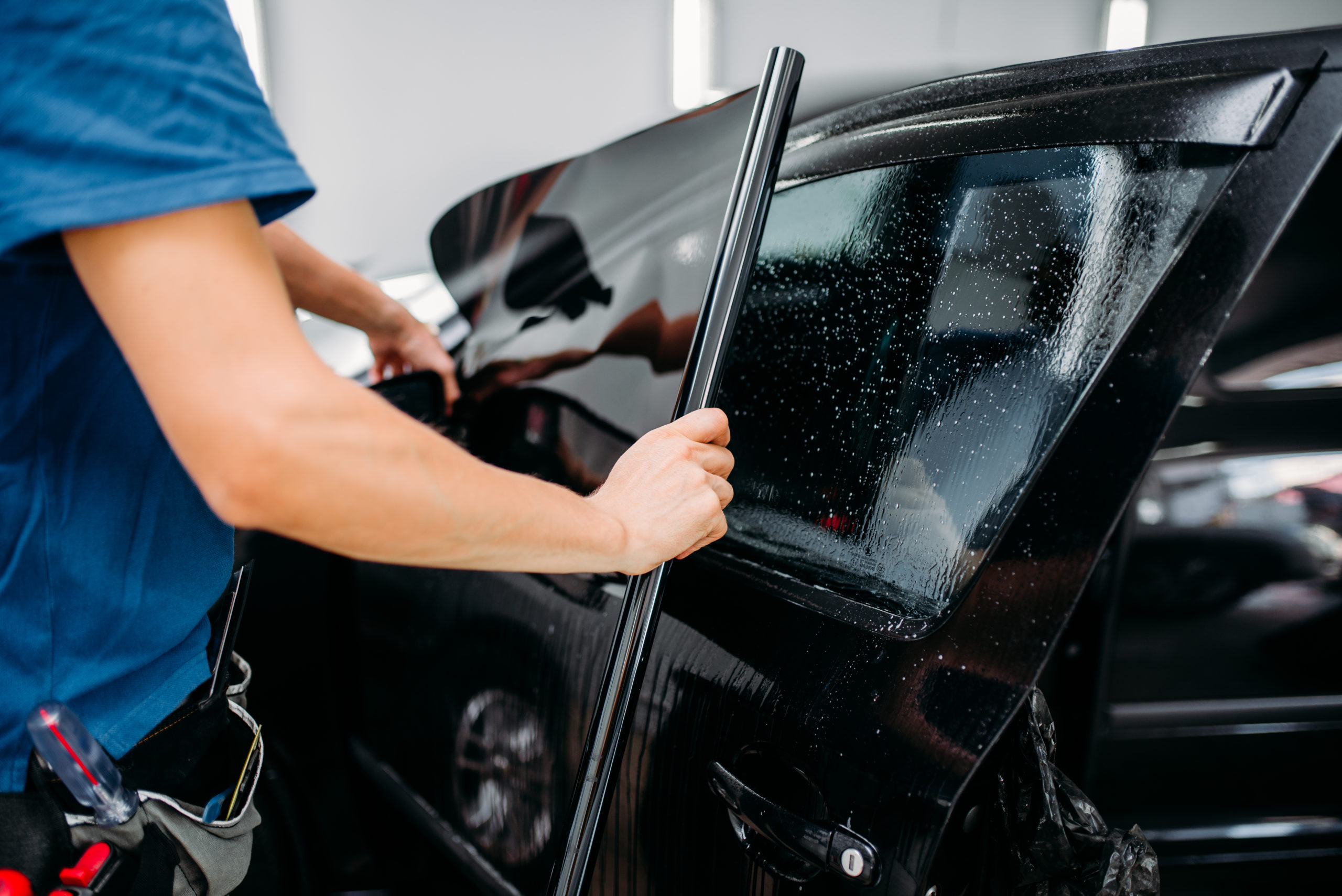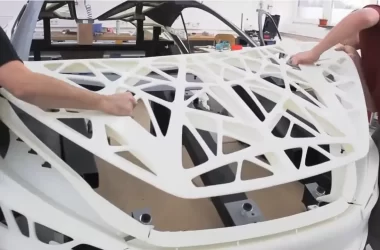Window tinting is a popular car accessory, but knowing the window tint laws is essential before you get your windows tinted. An illegal tint will incur fines and prevent your vehicle from passing annual inspections.
Most states restrict how dark the windshield and front side windows can be. These restrictions are defined in percentages limiting how much visible light can pass through.
Colors
There are a few different colors to choose from when tinting your vehicle. These colors will affect your car’s overall aesthetics and function but also impact how much sun glare you’ll see and how safe your vehicle will be during the night. One of the most common color options for vehicle window tinting is gray or charcoal. These colors block excess brightness from the sun and are also an excellent choice for privacy. Another popular option is a chameleon tint. These films can change from a light tint to a dark tint depending on the angle of the sunlight. These are often used in office spaces and high-rise buildings to help maintain a clean and polished look. They also offer a lot of UV protection and can reduce energy costs.
Mirror Finish
Mirror tints are a type of window tint that resemble the look of a mirror on the outside. They also revert to their normal transparent state when you turn on the interior lights in your vehicle, which is an essential consideration for anyone who wants privacy. Efficient glare reduction is another advantage of this type of window tinting. It can help reduce the risk of accidents often caused by excessive glare from sunlight and headlights. Mirrored window tints’ shiny and elegant appearance can make your car more attractive, especially if you have light-colored windows. However, they are only for some since they can be less effective than other types of window film. In addition, one-way mirror window tints are less effective at nighttime than different car window tints. This is because it requires a 3:1 ratio of light for it to be effective.
Light Transmission
Determining how much heat protection, UV protection, and security your tinted windows will provide is essential. Visible light transmission, or VLT for short, is a measurement that helps explain how much of the exterior light can pass through your windows. The term “transmission” is confusing because it refers to the amount of light that passes through glass or other materials (like window films). However, the more accurate name for this measure is “transmittance.” Transmittance measures how well glass or other materials let light through without fully absorbing, scattering, or reflecting it. It is essential because it allows a clear picture to be viewed while providing UV protection and heat control.
Medical Exceptions
If you have a medical condition that requires dark window tinting, there are exceptions to many states’ laws. These include conditions like lupus, dermatomyositis, albinism, photosensitivity, and some allergies that cause severe sun exposure. To qualify for a medical exemption, you must have a statement from your physician that you have a specific medical condition. In some cases, you may also be required to carry a copy of this statement in your vehicle at all times. In addition, if your medical exemption includes tinting, you must always display the certificate in your vehicle. The certificate must specify the minimum percentage of VLT required to satisfy your medical need, and it must be valid for two years.








